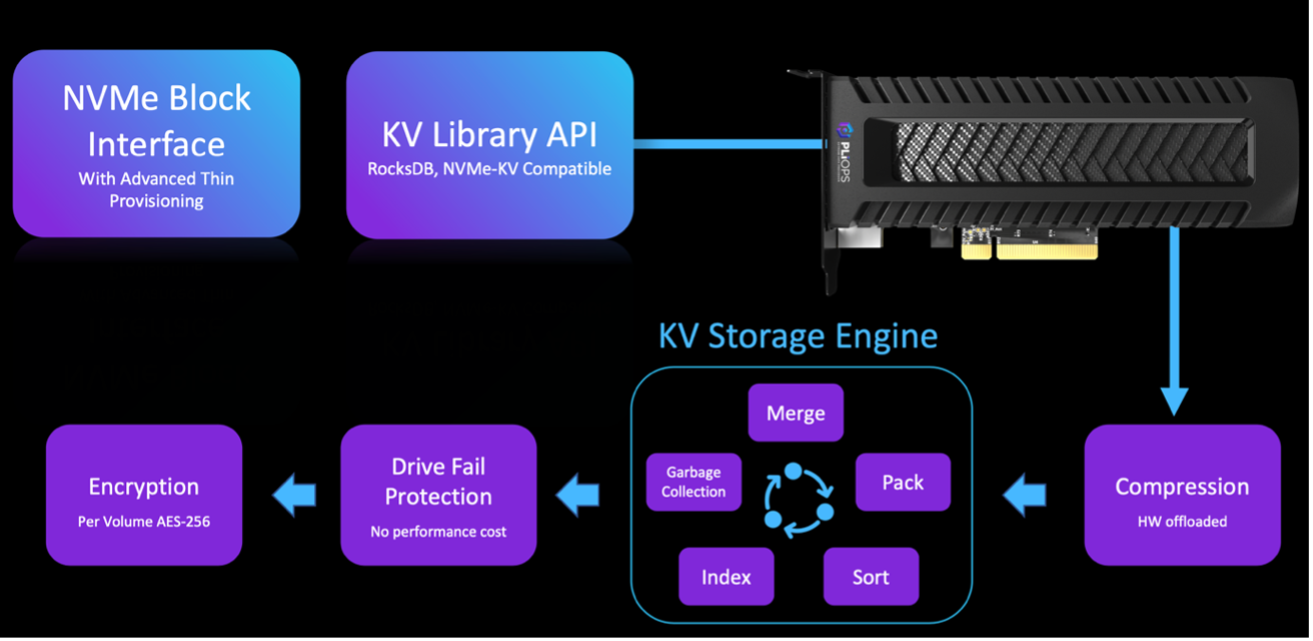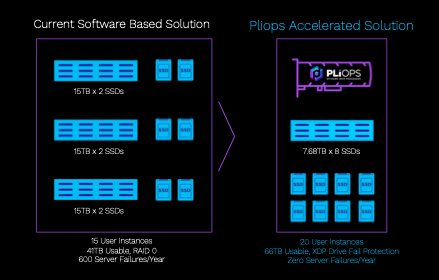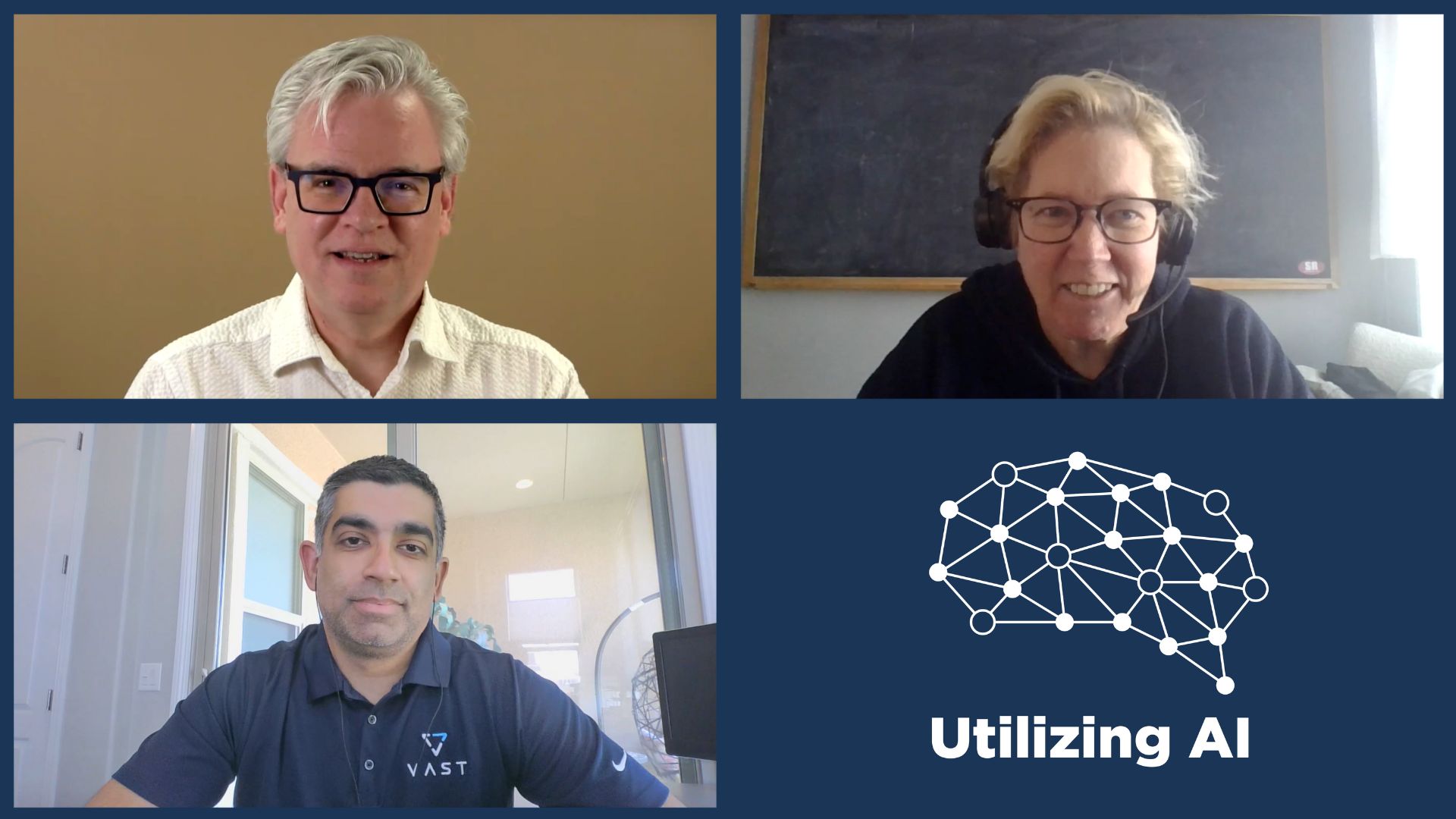The Flash Revolution
The broad adoption of SSD storage in the data centre has proven revolutionary in terms of performance capabilities that organisations can now leverage. Things that took hours now take just minutes, and Flash has also had a positive impact on things like energy consumption and cooling. Generally speaking, organisations have seen a great return on investment when it comes to deploying Flash-based storage in the data centre.
Data-Compute Bottleneck
But CPUs have been unable to keep up with SSDs from a scalability perspective. In many data centre environments, this has led to a case of diminishing returns when it comes to an organisation’s technology investment, with more money being spent on Flash in the hope that it will magically bypass the inherent disconnect between NVMe and CPU performance.

The Pliops Extreme Data Processor (XDP) combats this problem by focusing on four key design aspects:
- Performance: delivers 3 – 15x the performance of traditional storage solutions
- Reliability: Drive Failure Protection offers RAID 5 level protection that performs 2x faster than RAID 0, even during a drive rebuild
- Capacity: delivers up to 6x more effective capacity
- Efficiency: enables the efficient use of QLC and TLC
It’s All in The Architecture
The XDP Architecture enables Pliops to address these design tenets in an efficient and performance-oriented fashion. Whether you’re accessing your NVMe storage via the Block Interface, or a Key-Value Library API, the XDP does much of the heavy lifting for you. It also ensures the resilience of the solution whilst offering per volume encryption with AES-256.

Real Costs in the Real World
During the Showcase, Pliops provided several real-world examples where the XDP architecture had provided saved money for organisations. One that caught my eye was the cloud service provider (CSP) offering shared Flash storage as a service to its customers.

Moving from its existing software-based TLC SSD solution to the Pliops accelerated QLC-based solution, whilst remaining in the footprint, the CSP increased capacity by around 280% (from 1.5PB to 4.3PB usable). To achieve 4.3PB in their original TLC-based solution would cost around 40% more. Meanwhile, endurance and reliability have also improved significantly for the platform, with the CSP going from > 1500 rebuilds a year to 0 SSD-related failures in a year.
Pliops also talked about a SaaS Provider, and how moving to the Pliops model saved them in terms of capital expenditure and server failures (around 600 per year!), all whilst increasing the number of users on the platform and the available capacity.

Real Value
Vendors like to talk about how whatever technology they’ve developed will revolutionise the data centre. Certainly, the move from predominately spinning-disk-based storage systems to Flash-based systems has had an impact on the data centre in terms of performance, energy consumption, and, ultimately, the ability of organisations to do what organisations do at a far more rapid pace. However, we’ve seen that it’s not simply a case of putting Flash everywhere to make business activities go faster. Eventually, the same old problem of storage versus processing continues to rear its ugly head.
What Pliops has done is take a new approach to an old problem. As a result of this, organisations are seeing measurable improvements across their application estate. Not only is this an improvement in terms of dollars and return on investment, but it’s also brought about significant improvements in usable capacity and reliability – both critical factors in ensuring a high-performance and stable environment. Pliops doesn’t just help with the financial return on investment, it can also significantly accelerate an organisation’s time to value, leaving the organisation free to focus on the real business at hand.
Watch this Gestalt IT Showcase with Pliops to learn more about their data processors.




